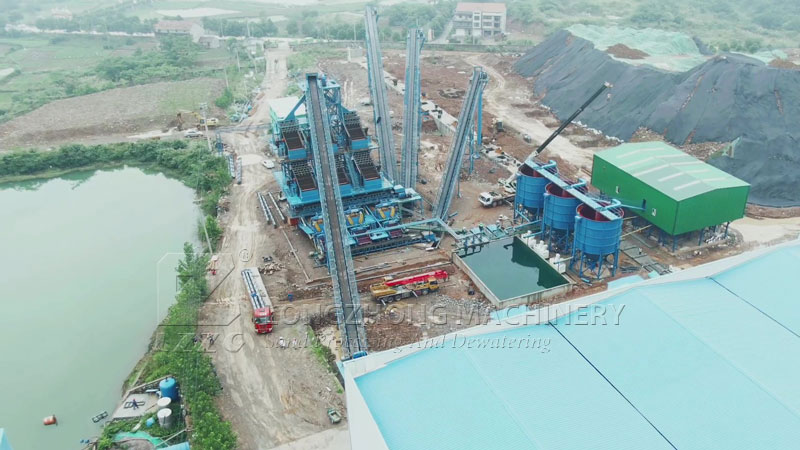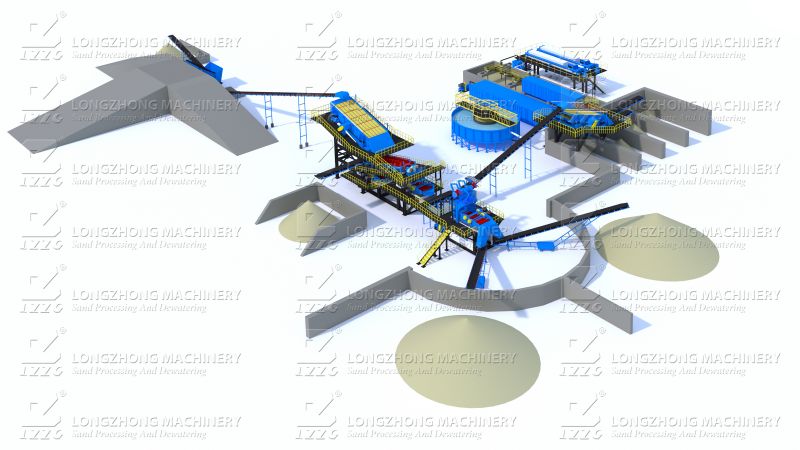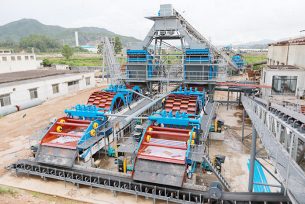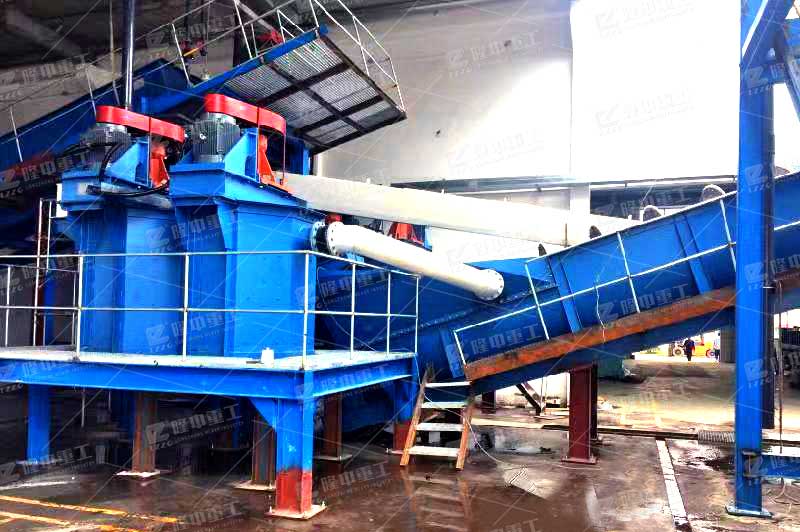Method for purify wastewater from lead-zinc ore dressing plant
 September.05,2022
September.05,2022
The main pollution sources of lead-zinc ore dressing plants include dressing wastewater and tailings sediment. Dust in the crushing and screening workshop and noise generated by large equipment such as crushing and grinding. The wastewater from lead and zinc mines is the main source of pollution, which includes wastewater from mining farms and wastewater from beneficiation plants. Concentrator wastewater includes: tailings water, concentrate overflow water, accident water, dressing plant flushing water, tailings pond seepage water, etc.
There are different classification methods for wastewater treatment, but in principle, it can be divided into three categories: physical treatment, chemical treatment and biological treatment.

Neutralization
The neutralization method is to use an appropriate neutralizing agent and adjust the pH value to make the acidic or alkaline wastewater meet the discharge standard or the reuse target. Moreover, adjusting the pH value to a suitable range can also make metal ions such as iron, aluminum, copper, zinc, manganese, and cadmium dissolved in the wastewater form hydroxide precipitation and remove it. Commonly used neutralizers for acid wastewater are slaked lime and limestone, which are cheap and fast in settling.
Oxidation
Oxidation is a treatment method that uses oxidation reactions to decompose pollutants in water and make them harmless. Commonly used oxidants include active chlorine-based liquid chlorine, sodium hypochlorite, bleaching powder, hydrogen peroxide, sodium persulfate, ozone, etc.
This method is commonly used to treat wastewater containing cyanide and beneficiation wastewater containing flotation agents such as xanthate and sodium sulfide. In addition, the aeration method also utilizes oxidation. This method obtains sufficient oxygen from the air to oxidize the inorganic and organic substances in the water, turning harmful to harmless.





